Last updated: April 19, 2023
Article
Fossils in Joshua Tree
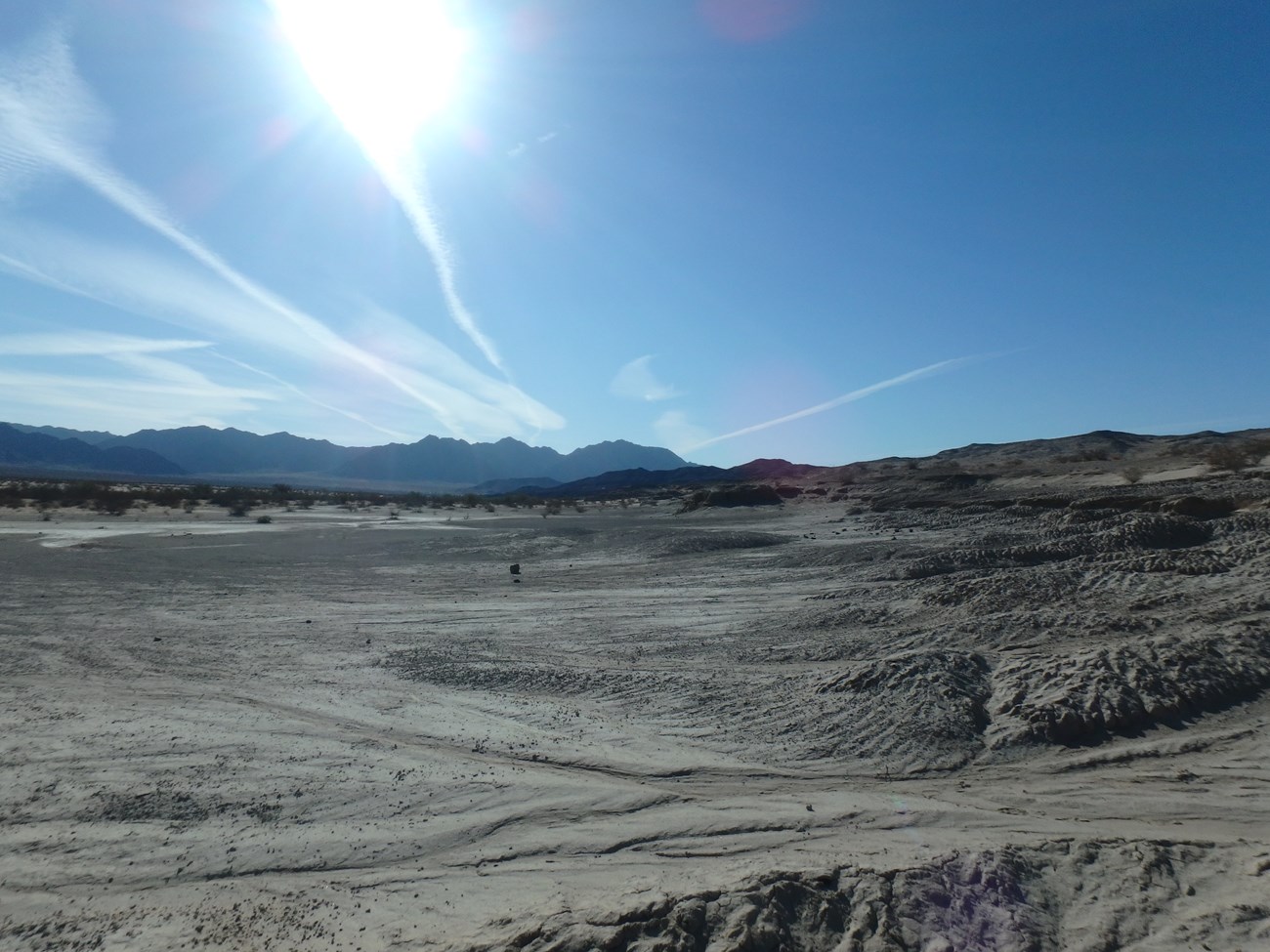
NPS / Alaina Tocci
For almost 100 years, scientists have known that Joshua Tree National Park contains Pleistocene vertebrate fossils. The Pleistocene Epoch, 11,500 years ago to 2.6 million years ago, represents a time largely before humans were in North America. Throughout the epoch, the park had a different climate than we see today, which supported a different collection of plants and animals. These animals were adapted to colder temperatures and more precipitation. Excavations in the early 2000s greatly expanded our knowledge about which animals used to live here during the last ice age. Scientists uncovered animals like horse, camel, llama, deer, wolf, badger, tortoise, and even Columbian mammoth!
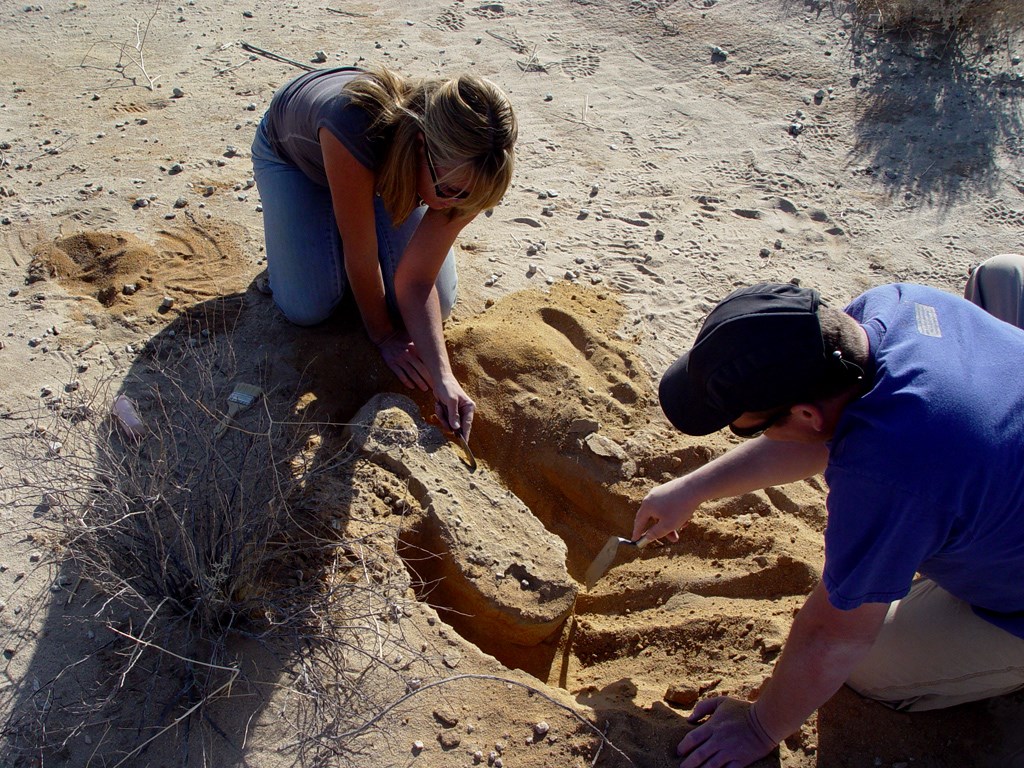
NPS / Eric Scott
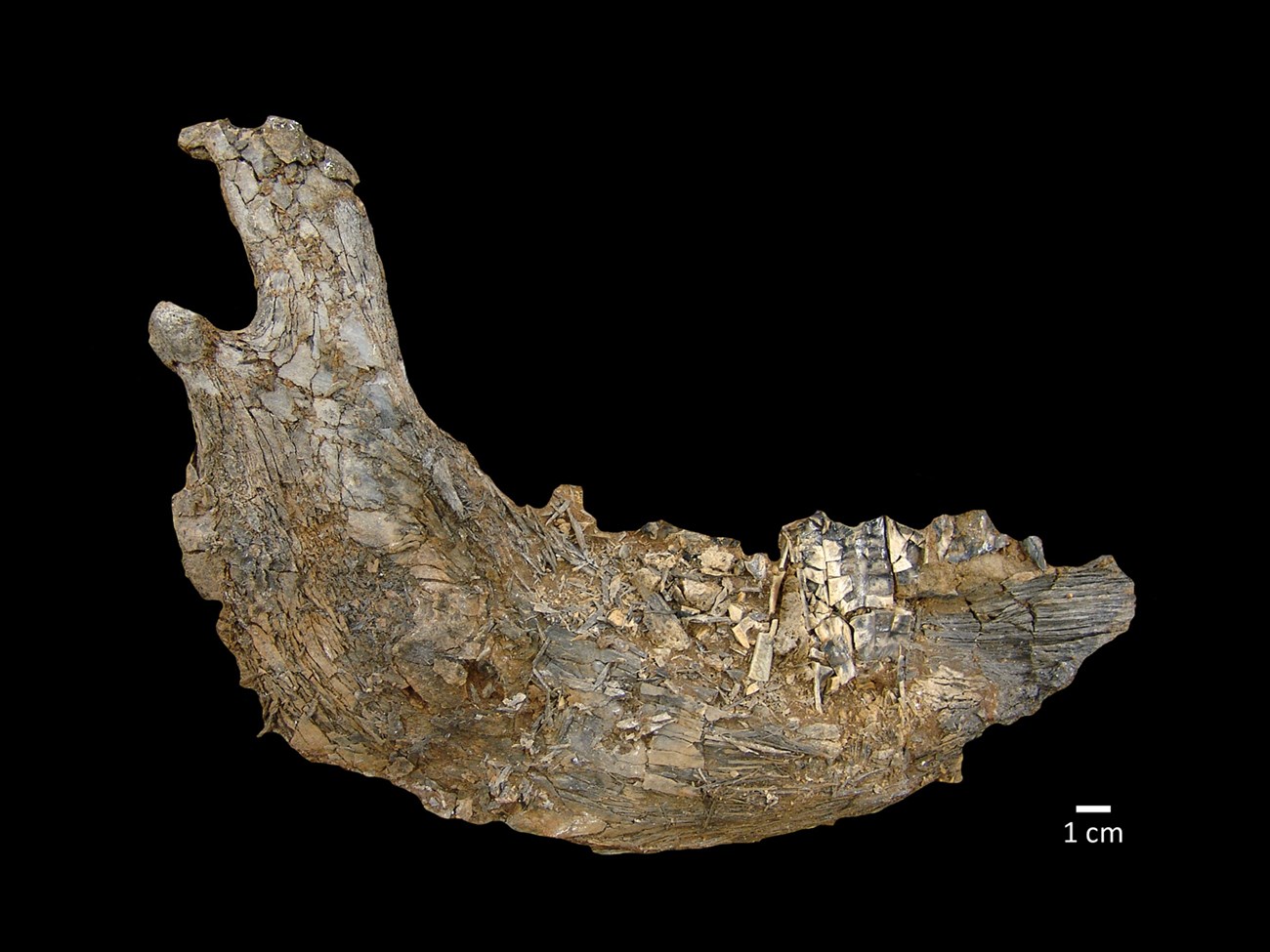
NPS / Eric Scott
- Keep vehicle and foot traffic on approved roads and trails to reduce damage to fossil sites.
- Do not remove fossils from the parks. This takes away valuable scientific data and destroys our collective heritage.
- If you find a fossil do not pick it up. Leave it in its original location and orientation and report its GPS location to park staff.
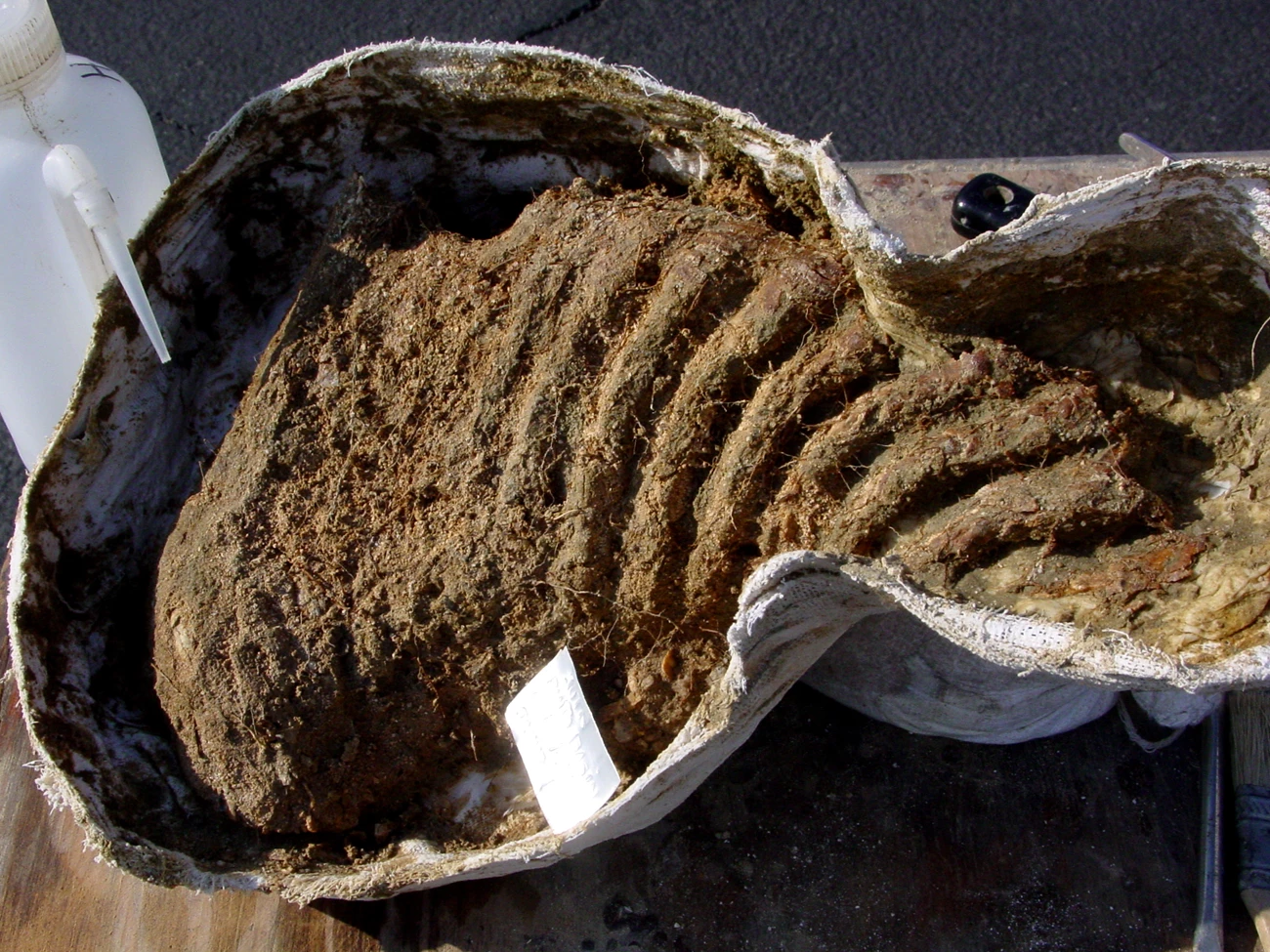
NPS / Eric Scott
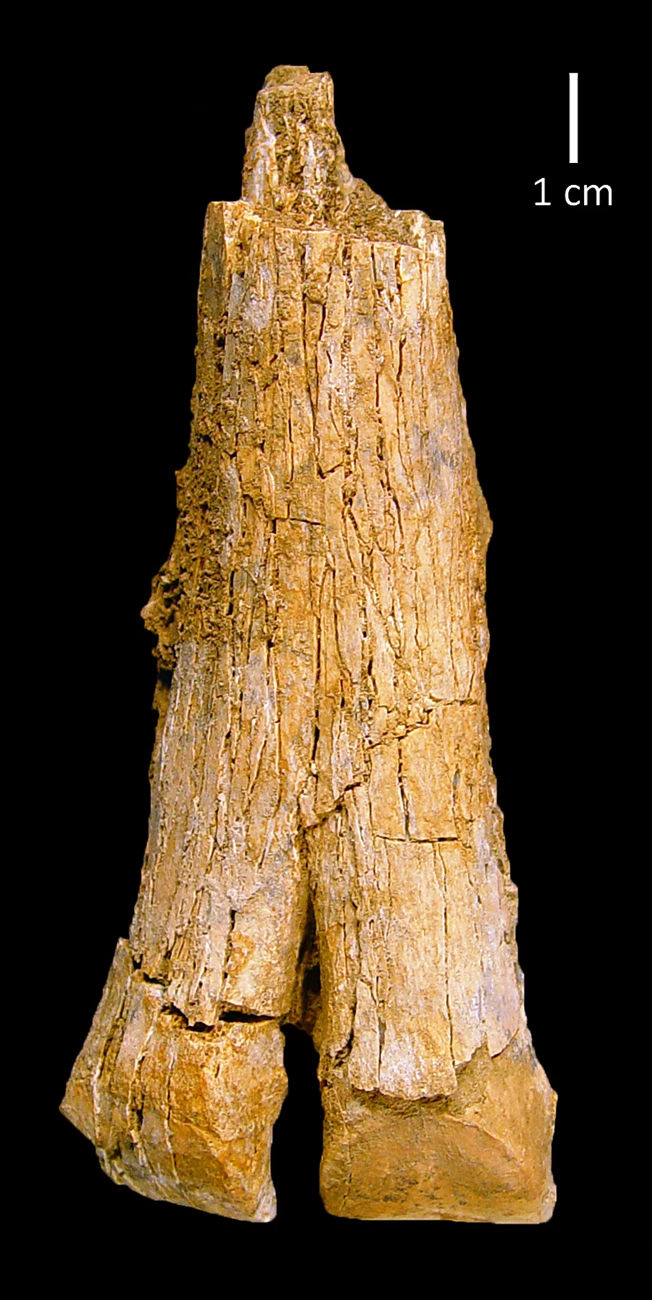
NPS / Eric Scott
